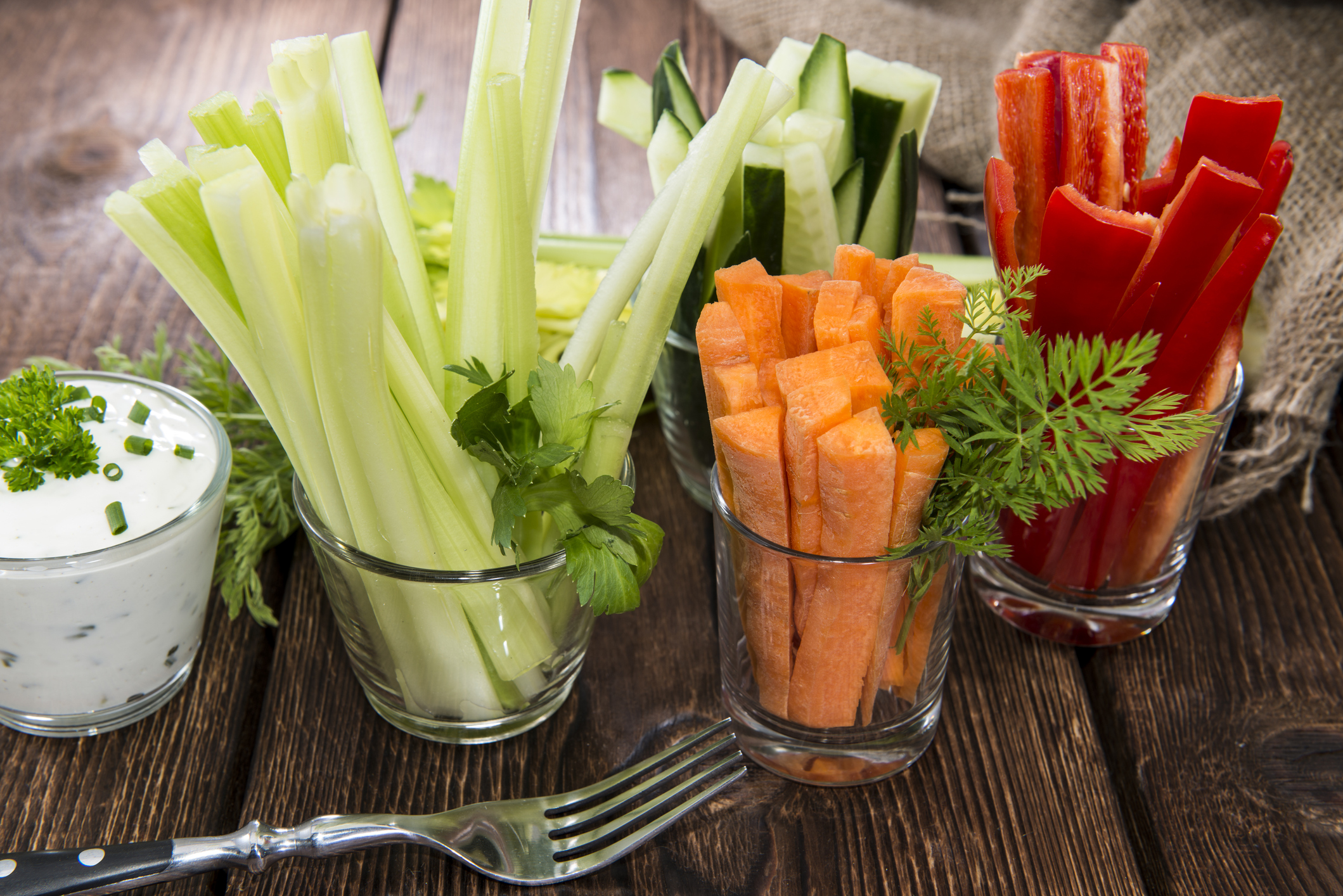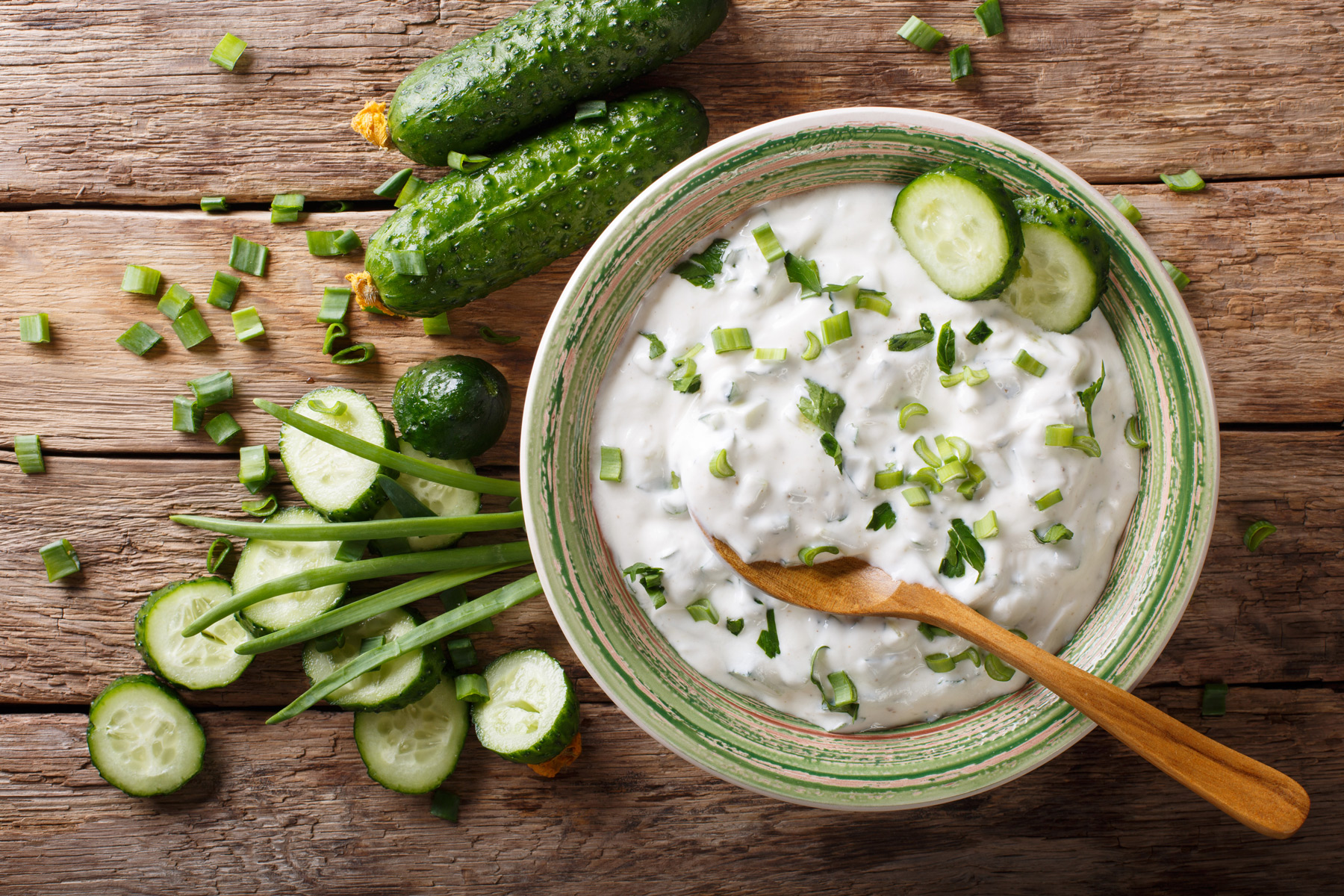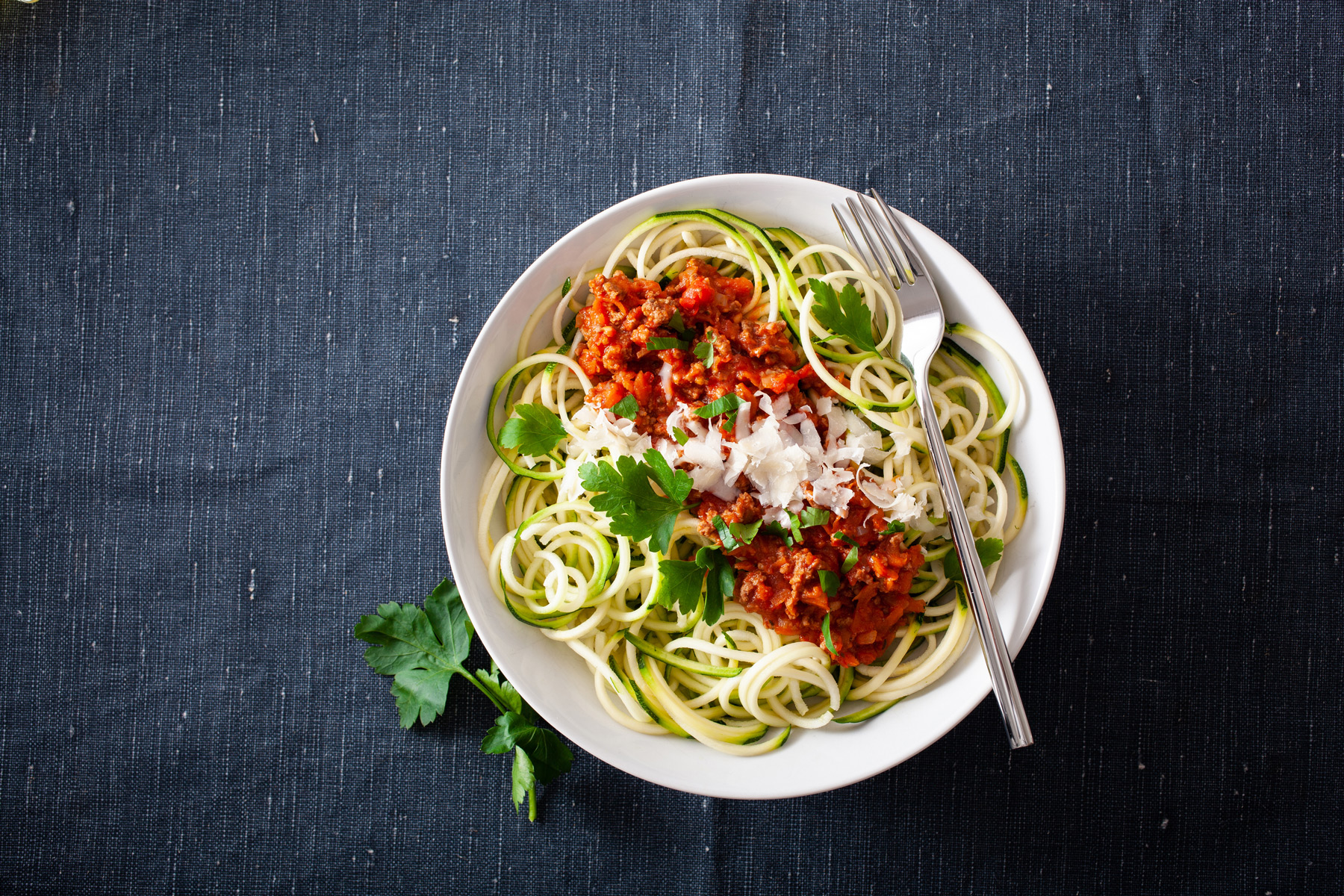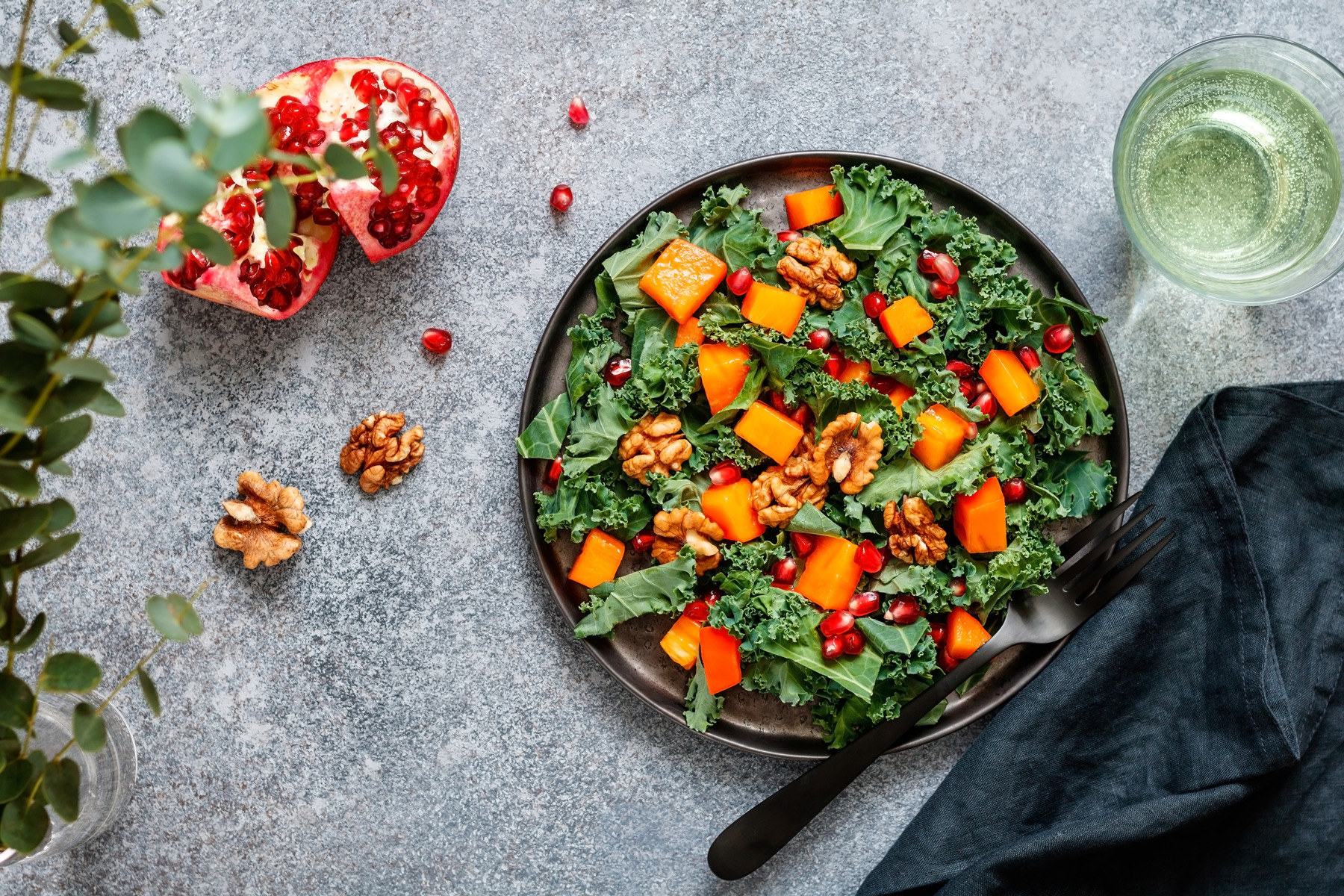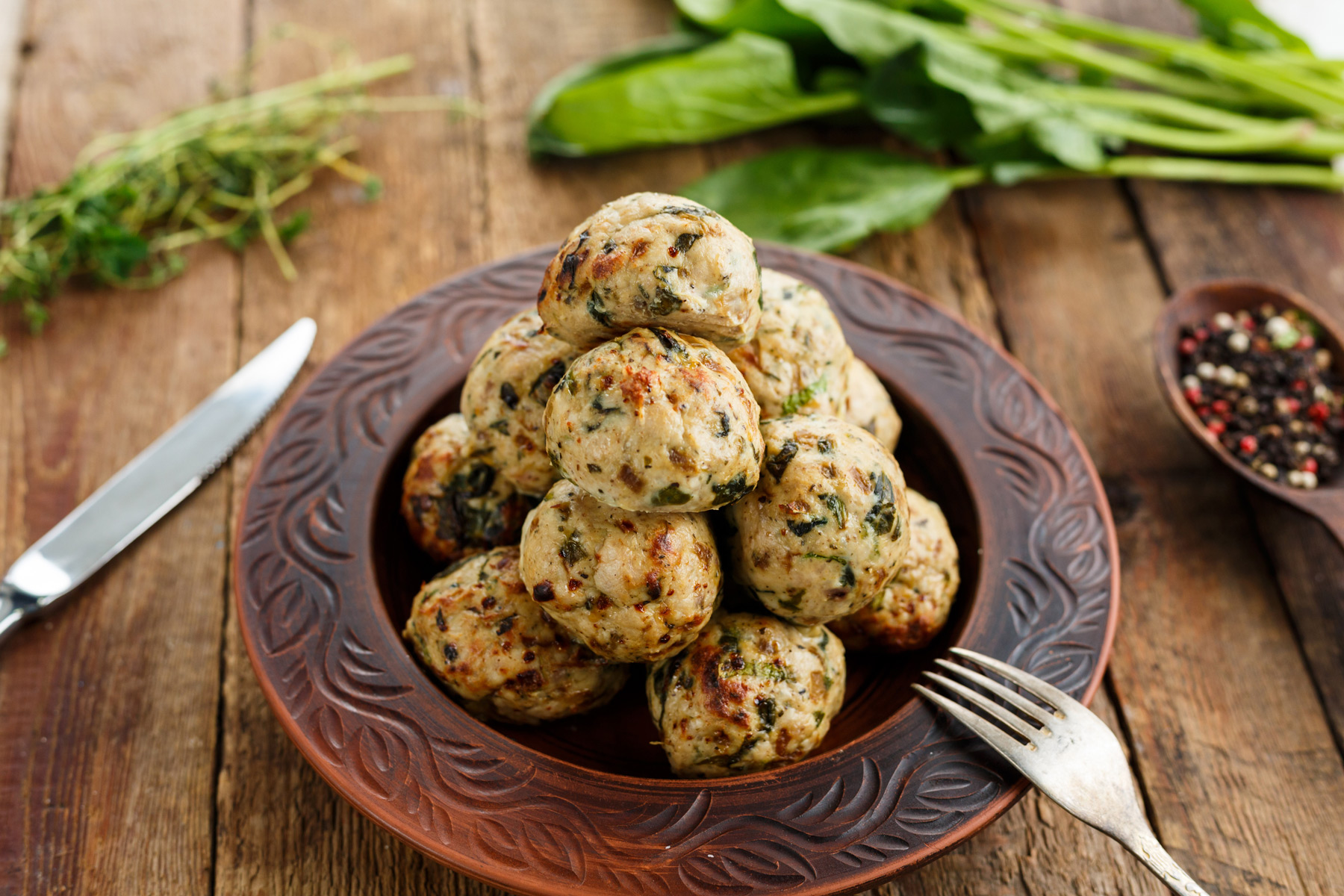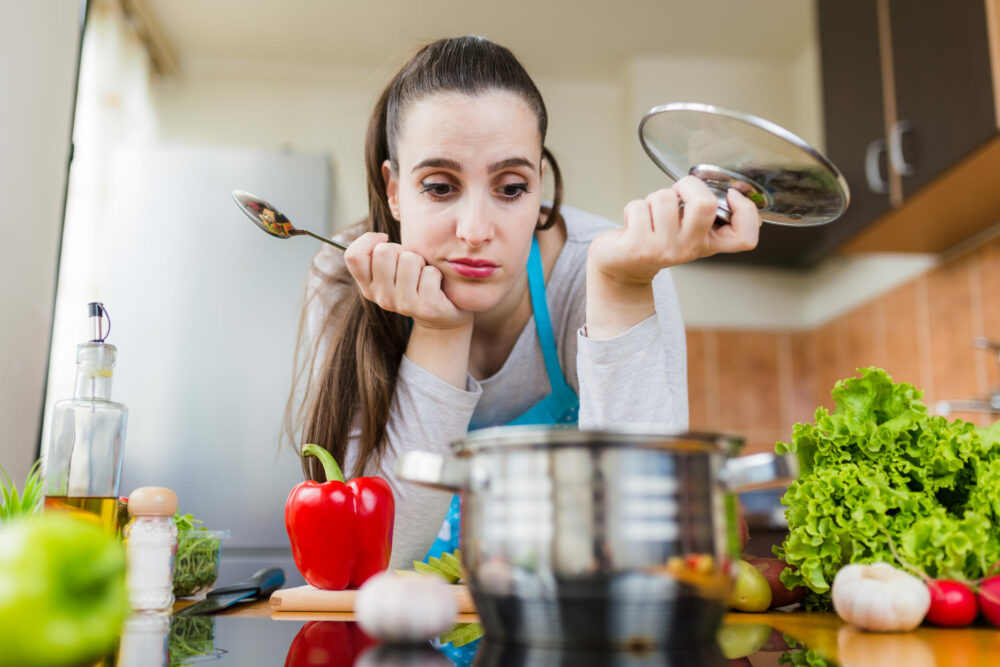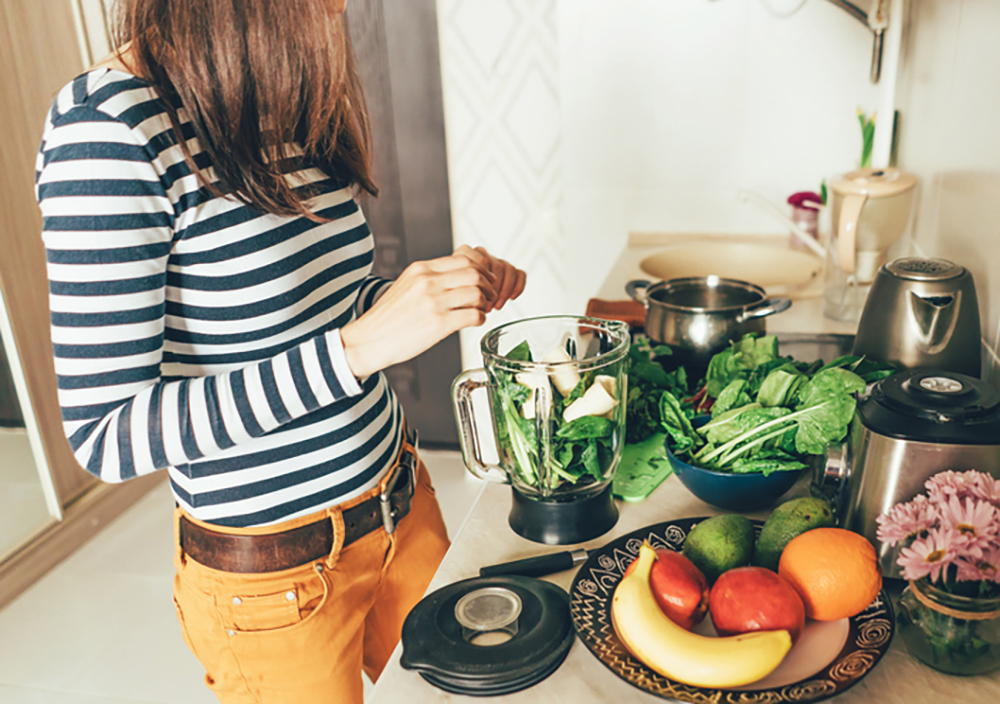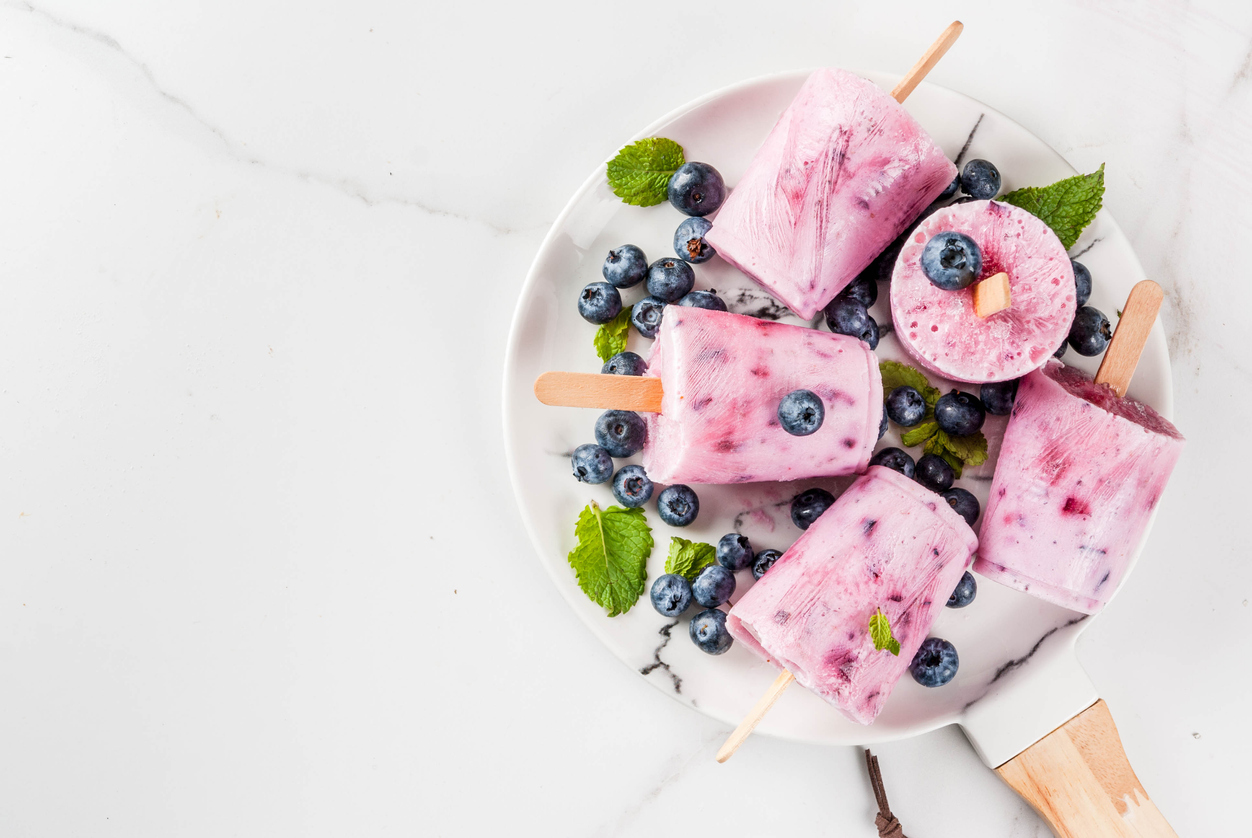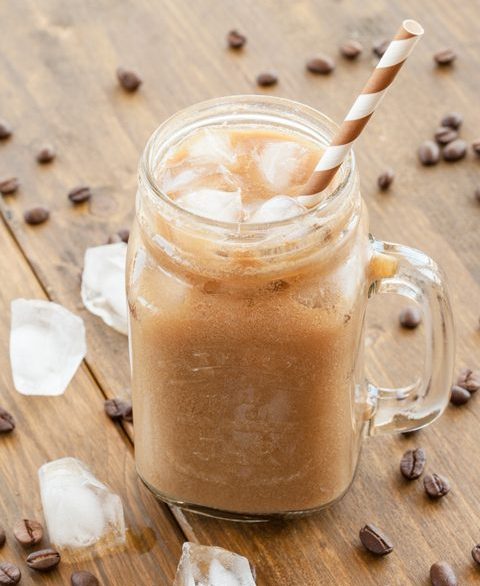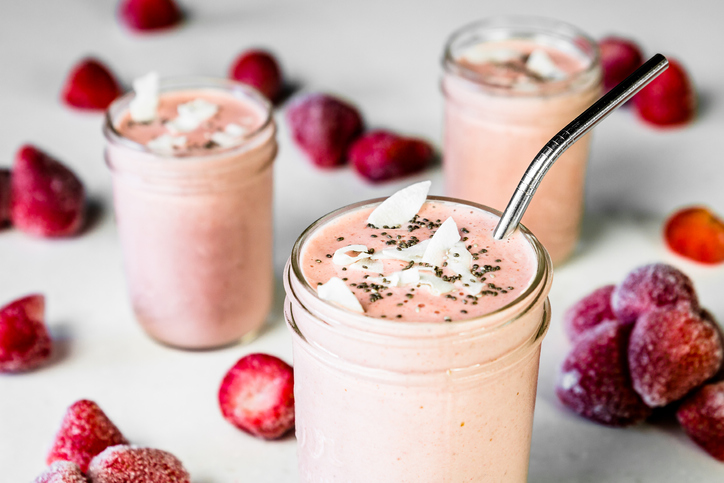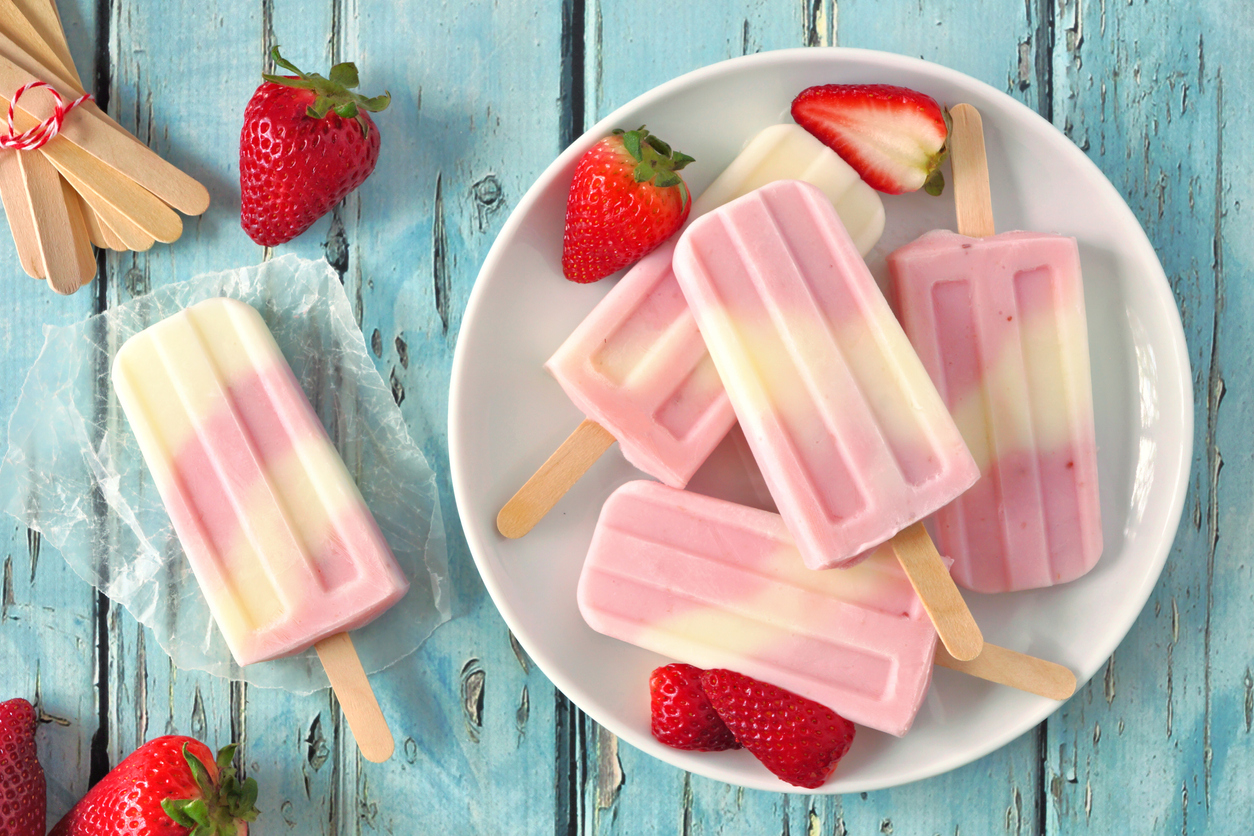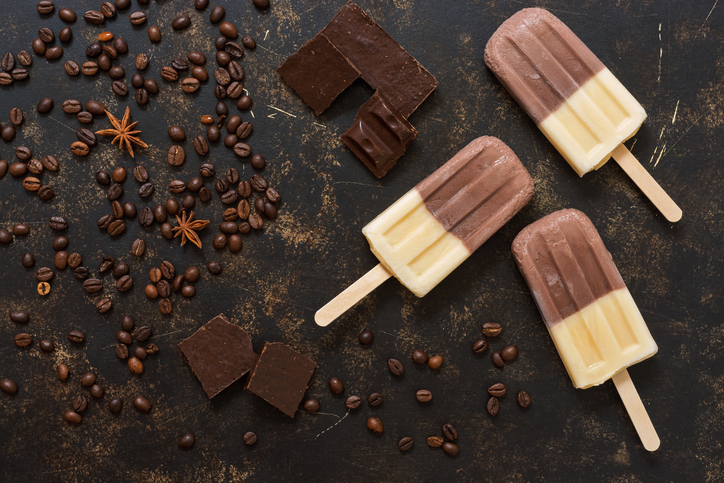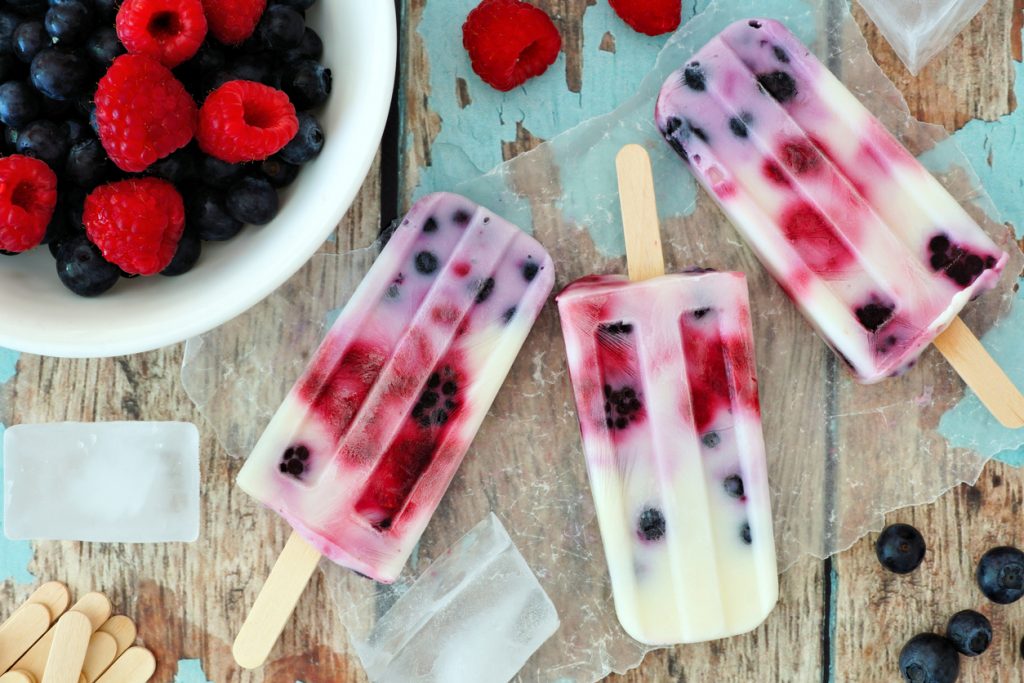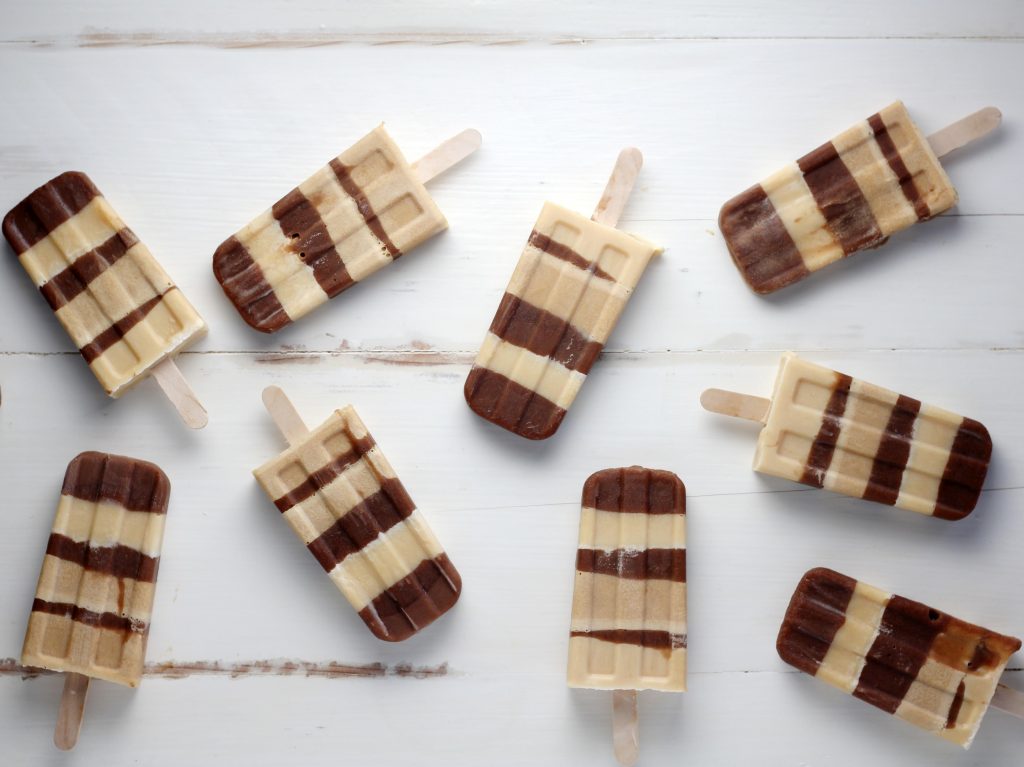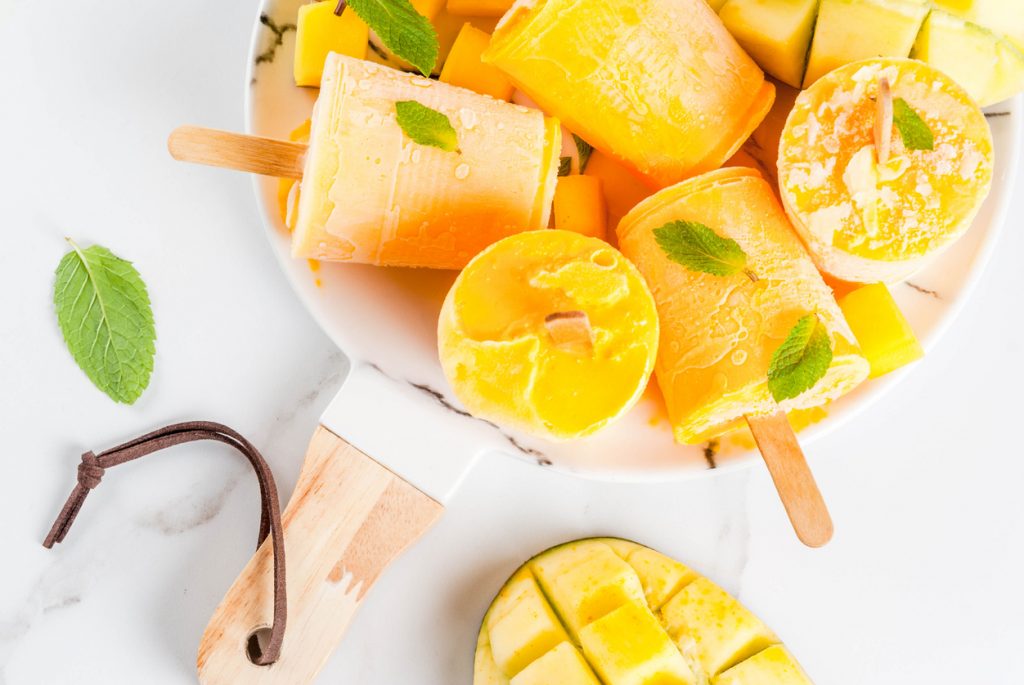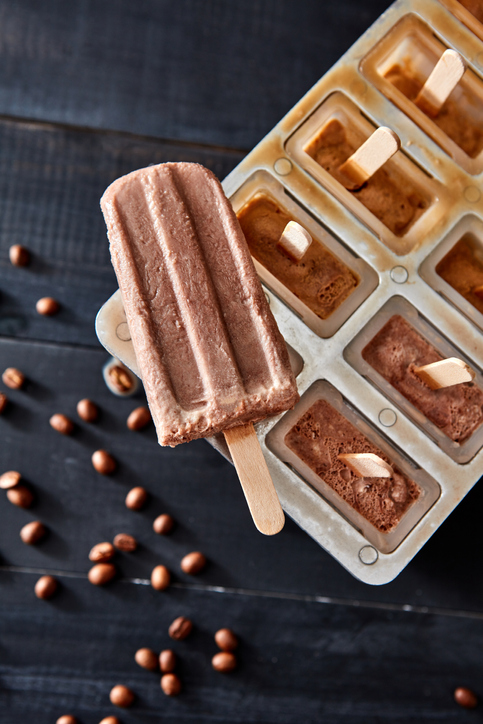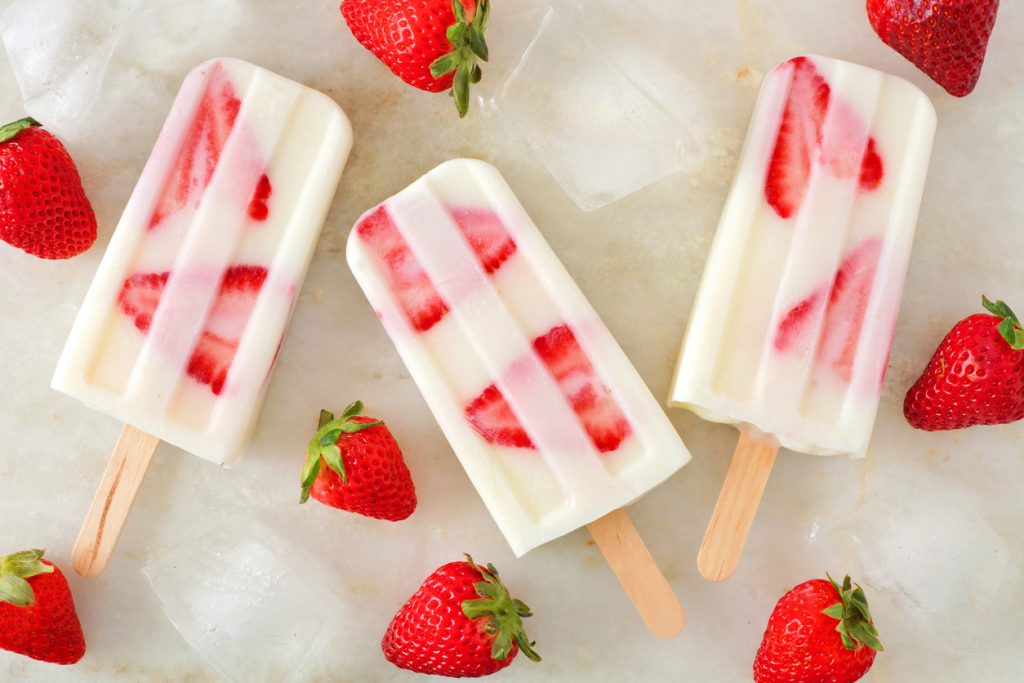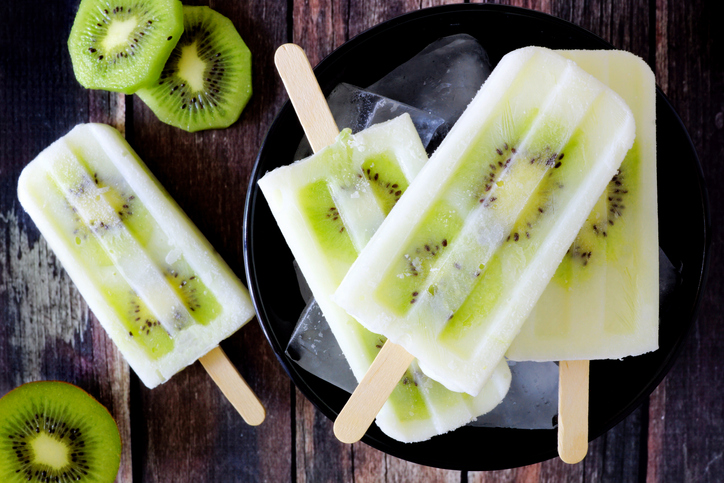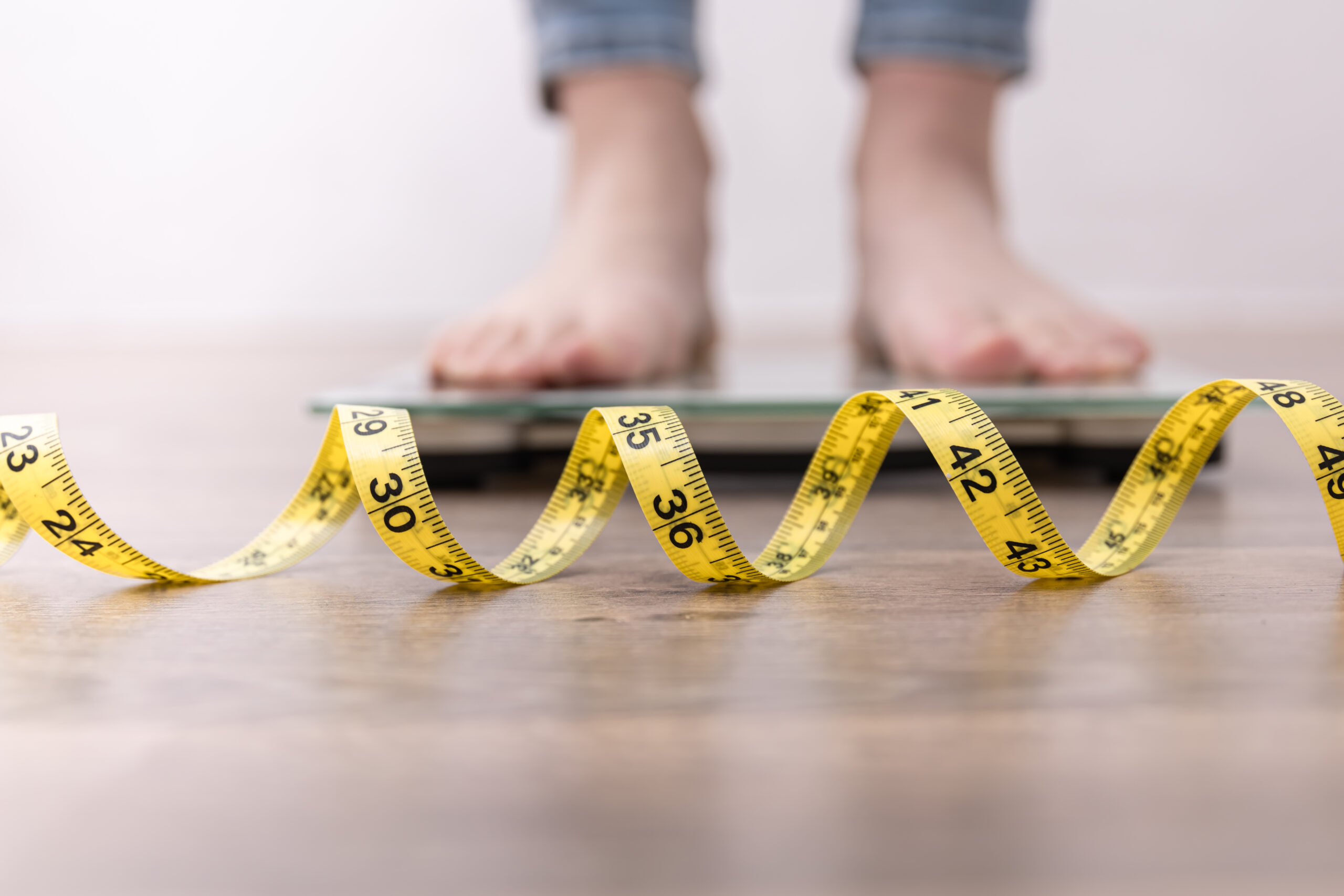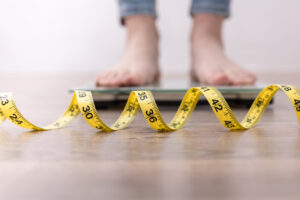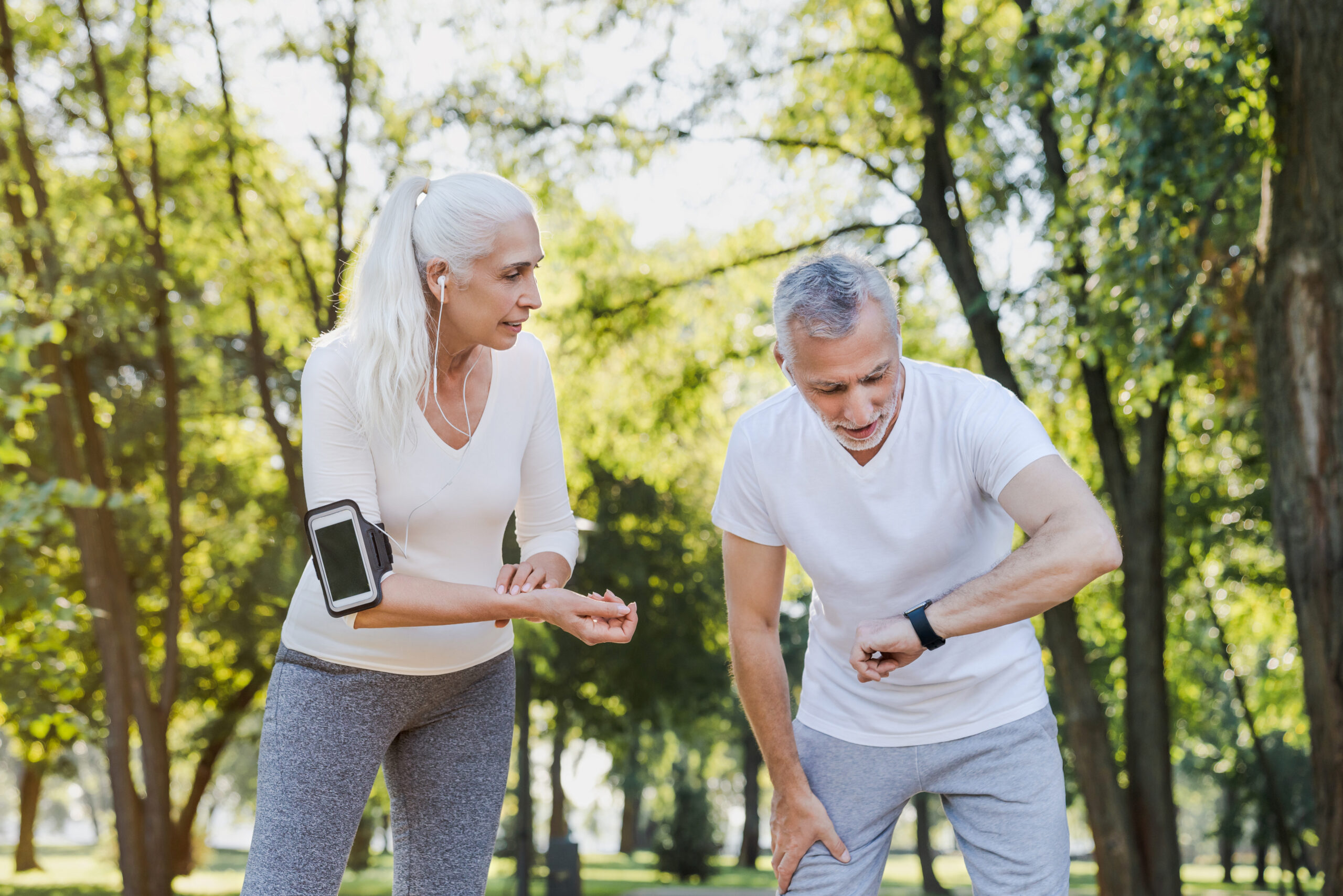
Have you gotten a little older and decided to start losing weight – yet feel like it’s not going as fast as it used to? Well, it might not be all in your head. But worry not!
What is Metabolism?
Metabolism is a term that collectively describes how your body converts and uses energy.
There’s a difference when talking about metabolic hormones, and metabolism in general – the latter referring to your body’s ability to burn energy.
Most people have probably heard, or even thought to themselves “I’m overweight because I have a low metabolism” or “You can eat anything you want without gaining weight! You must have a high metabolism.” Metabolism is often referred to as a part of our biological make-up that regulates how fast or how slow we burn energy and calories. But the metabolism is so much more than that. Metabolism is all chemical reactions that occur in the body; all the hormones, brain cells, intestinal cells, and fat cells that regulate our health, aging process, body weight, and how we burn calories.
When we talk about having a high or low metabolism – or when we talk about something being wrong with the metabolism, it’s usually in relation to imbalances in the regulation of thyroid hormones; a metabolic disease. If you think you might have a metabolic disease you should see your doctor, as such a disease can influence many aspects of your body.
Even though you feel like you gain weight as soon as you even look at a piece of cake, it’s quite rare that this has anything to do with the metabolic disease – or an imbalance in your metabolism.
How the Metabolism Works
The human metabolism consists of three parts, which all have an influence on your body’s energy conversion.
1. Resting Metabolic Rate/Basal Metabolic Rate
We can call this our “idle energy consumption”. This is the amount of energy your body needs to stay alive when you are idle or resting. The resting metabolic rate is based on age, gender, body weight, and composition, as well as genetics. Your resting metabolic rate makes up approx. 50-70% of the total calories your body burns.
2. Food-Induced Metabolism
The energy your body uses to metabolize the food you consume. How much energy is used is dependent on what you consume. Some foods require the body to use a lot of energy to metabolize (e.g. proteins), while others require almost no energy to metabolize (e.g. refined sugar)
3. Physical Activity Level
This is the part that varies most depending on activeness. A carpenter or tradesperson would, for example, burn a lot more calories than someone working in an office, as the former spend the day doing hard physical labor. Yet all activity increases the number of calories burned. Even small things like tapping on your desk with your fingers while you’re waiting for something. The more you move, the more calories you burn. Depending on how active you are throughout a day, your physical activity accounts for approx. 20-40% of the total amount of calories burned that day.
If you consume more energy than you use, then your body will store this excess energy in your fat reserves to be used later; i.e. you gain weight. This is known as a caloric surplus. If you consume fewer calories than you use, your body will take from your fat stores; i.e. you’ll lose weight. This is known as a caloric deficit. To maintain a normal weight, you must maintain an energy balance. This means that you must consume about the same amount of energy that your body uses.
Why Is It More Difficult to Lose Weight as You Get Older?

As you age, the body becomes better at using energy more effectively. The hormones in your body try to help you save energy, as you get older. That means that the body will eventually need less energy to achieve the same results as it once did when you were younger. Throughout your life, your body will change and develop. Your muscles, bones, and metabolism are continuously developing.
The body functions differently from when it was 10 years old, compared to when it ages to 25, 35, 45, or 65 – even though it’s the same body.
That’s why it’s completely normal to experience changes in body weight and to find that fat might be starting to store itself in different areas where earlier it might have been easier to get rid of. Throughout your life the amount of energy you use daily will change; i.e. when you were younger more energy was required to exist, compared to when you grow older. In your younger years, you would use more energy, yet over time this would decrease as the body adapts and becomes more efficient when it comes to using energy. Energy usage is reduced by two main factors:
Your Diet and Weight Are Affected by the Fact That Your Body Composition Changes as You Get Older
Body composition varies. As you age you will lose muscle mass and store more fat.
The body fat percentage of your average, normal-weight male between the ages of 20 and 30 years lies between 18 and 21%.
Between 40 and 50 years old, that percentage will reach 25%, and for those over 60 years old, the body fat percentage is over 26%.
The same is true for women: they have between 22 and 24% body fat between the ages of 20 to 30 years old, 27 to 30% between the ages of 40 and 50, and for those in their 60’s and older the average body fat percentage is typically over 31%. Fat is built up naturally while muscle mass is reduced because your muscles use more energy.
Your Hormones Change, and as Such Your Diet Will Affect You More
This doesn’t just count for women going through menopause, but also grown men. Your hormone patterns have a lot to do with your weight since they affect things such as if you eat more or sleep more.
As you get older your hormones will work towards trying to save energy, as your body doesn’t have the same capabilities as it did when you were younger. That means that you become more prone to building up fat – especially around your waist.
As you get older, most people who don’t change their diets as more and more candles fill the birthday cake will notice their form getting larger. Your stomach might start bulging and your clothing might not fit as it used to. This is inevitable if you maintain the same diet throughout your life. The fight against becoming overweight becomes harder as the years go on.
Sedentary work and work with little physical activity, poor diet composition, stress, and genetics can all affect the number of kilos you gain. Certain drugs and hormonal imbalances that come with age can also have an impact. Certain hormonal imbalances can be one of the main factors in storing fat.
After you hit 30 years old, the hormones estrogen, progesterone, and androgen don’t work the same way they once did.
Since these hormones are responsible for maintaining the body’s mass, it’s normal to see some changes in your body shape. Especially in the stomach, hips, and thighs, where the white fat tissue is more prevalent.
Read more: Hormones and obesity
Brown and White Fat Tissue
All mammals, both humans, and animals have some sort of fat tissue. The brown fat tissue’s function differs from that of the white in that the brown fat tissue cannot be stored for when we are low on calories. Instead, this fat can be burned, and the energy produced is used to heat the body when it’s cold. There isn’t that much in an adult human.
The white fat tissues are spread throughout the body but are usually more present around the abdominal region (apple-shaped), or around the hips and thighs (pear-shape). These are the fat deposits that many people try to get rid of. As you get older, your body transitions from less brown fat tissue, to more white fat tissue.
That why it’s even more important when you get older to avoid consuming more energy than you are using, and at the same time be aware that the older the body gets, the less energy it needs to keep running. This means that your resting metabolism decreases…
But that doesn’t make it impossible to lose weight! It just means you need to focus a little more on what you eat – as well as how much! This is where Nupo Diet comes in.
Also read: What is the Nupo Diet?
